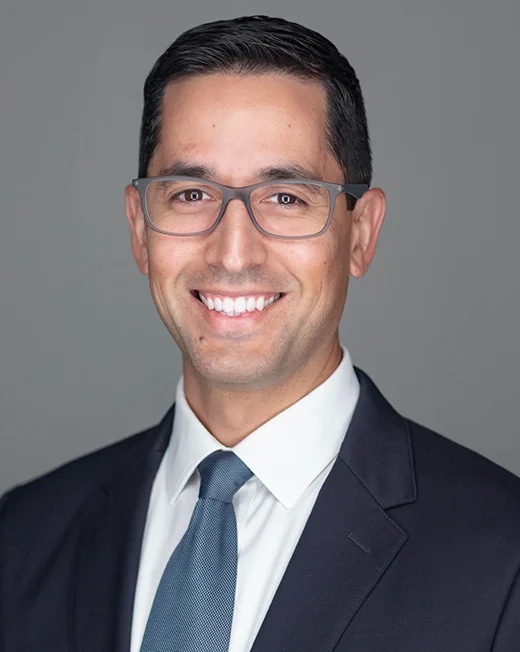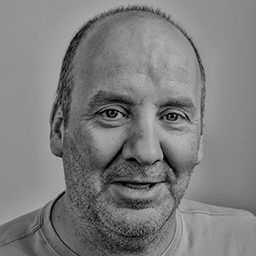By KIM BELLARD
Among the many things that infuriate me about the U.S. healthcare system, health systems sending their patients to collections – or even suing them – is pretty high on the list (especially when they are “non-profit” and./or faith-based organizations, which we should expect to behave better).
There’s no doubt medical debt in the U.S. is a huge problem. Studies have found that more than 100 million people have medical debt, many of whom don’t think they’ll ever be able to pay it off. Kaiser Family Foundation estimates Americans owe some $220b in medical debt, with 3 million people owing more than $10,000. It’s oft cited that medical debts are the leading cause of bankruptcy, although it’s quite not clear that is actually true.
So you’d think that helping pay off that debt would be a good thing. But it turns out, it’s not that simple.
A new study from the National Bureau of Economic Research (NBER) by Raymond Kluender, et. alia, found that, whoops, paying off people’s medical debt didn’t improve their credit score or financial distress, made them less likely to pay future medical bills, and didn’t improve their mental health.
“We were disappointed,” said Professor Kluender told Sarah Kliff in The New York Times. “We don’t want to sugarcoat it.”
The researchers worked with R.I.P. Medical Debt, a non-profit that buys up medical debt “at pennies on the dollar,” to identify people with such debt, and then compared people whom R.I.P. Medical Debt had helped versus those it had not. One set of people had hospital debts that were at the point of being sold to a collection agency, and another had debts that had already been sent to collection. And, perhaps to highlight how little we understand our healthcare system, they asked experts in medical debt what their expectations for the experiment were.
Much to everyone’s surprise, having debt paid off made no difference between control and debt-relief groups. I.e.,
- “We find no average effects of medical debt relief on the financial outcomes in credit bureau data in either of our experiments.
- We similarly estimate economically small and statistically insignificant effects on other measures of financial distress, credit access, and credit utilization.
- We find that debt relief causes a statistically significant and economically meaningful reduction in payment of existing medical bills.
- We estimate statistically insignificant average effects of medical debt relief on measures of mental and physical health, healthcare utilization, and financial wellness, with “opposite-signed” point estimates for the mental health outcomes relative to our prior.”
In short:
Our findings contrast with evidence on the effects of non-medical debt relief and evidence on the benefits of upstream relief of medical bills through hospital financial assistance programs. Our results are similarly at odds with views of the experts we surveyed, pronouncements by policymakers funding medical debt relief, and self-reported assessments of recipients of medical debt relief.
Amy Finkelstein, a health economist at the MIT and a co-director of J-PAL North America, a nonprofit group that provided some funding for the study, told Ms. Kliff: “The idea that maybe we could get rid of medical debt, and it wouldn’t cost that much money but it would make a big difference, was appealing. What we learned, unfortunately, is that it doesn’t look like it has much of an impact.”
If only it was that easy.
To be clear, there were three key statistically significant effects:
- “small improvements in credit access for the subset of persons whose medical debt would have otherwise been reported to the credit bureaus,
- modest reduction in payments of future medical bills, and
- worsened mental health outcomes, concentrated among those who had the largest amount of debt relieved and those who received phone calls to raise awareness and salience of the intervention.”
The authors admitted they had not expected the mental health results and had no good explanation, but their “preferred interpretation is that recipients of the cash payments viewed the transfers as insufficient to close the gap between their resources and needs, raising the salience of their financial distress and harming their mental health.”
As Neale Mahoney, an economist at Stanford and a co-author of the study, told Ms. Kliff: “Many of these people have lots of other financial issues. Removing one red flag just doesn’t make them suddenly turn into a good risk, from a lending perspective.”
The authors concluded:
Nonetheless, our results are sobering; they demonstrate no improvements in financial well-being or mental health from medical debt relief, reduced repayment of medical bills, and, if anything, a perverse worsening of mental health. Moreover, other than modest impacts on credit access for those whose medical debt is reported, we are unable to identify ways to target relief to subpopulations who stand to experience meaningful benefits.
On the other hand, Allison Sesso, R.I.P. Medical Debt’s executive director, told Ms. Kliff that study was at odds with what the group had regularly heard from those it had helped. “We’re hearing back from people who are thrilled,” she said.
As statisticians would say, anecdotes are not data.
————-
Removing medical debt seems like a can’t-lose idea. A number of states and local governments have passed programs to pay off medical debt (most working with R.I.P. Medical Debt) and a number of others are considering it.
Last fall the Consumer Financial Protection Bureau initiated rulemaking that would remove medical bills from credit reports. It has also, according to NPR, “penalized medical debt collectors, issued stern warnings to health care providers and lenders that target patients, and published reams of reports on how the health care system is undermining the financial security of Americans.”
Director Chopra admits: “Of course, there are broader things that we would probably want to fix about our health care system, but this is having a direct financial impact on so many Americans.”
If nothing else, the new study should remind us that our health system is best at putting band-aids on problems rather than solving them. The problems we should be addressing include: why are so many charges so high, why aren’t people better protected against them, and why don’t more Americans have enough resources to pay their bills, especially unpredictable ones like from health care services?
I’m glad R.I.P. Medical Debt is doing what it is doing, but let’s not kid ourselves that it is solving the problem.
Kim is a former emarketing exec at a major Blues plan, editor of the late & lamented Tincture.io, and now regular THCB contributor
















